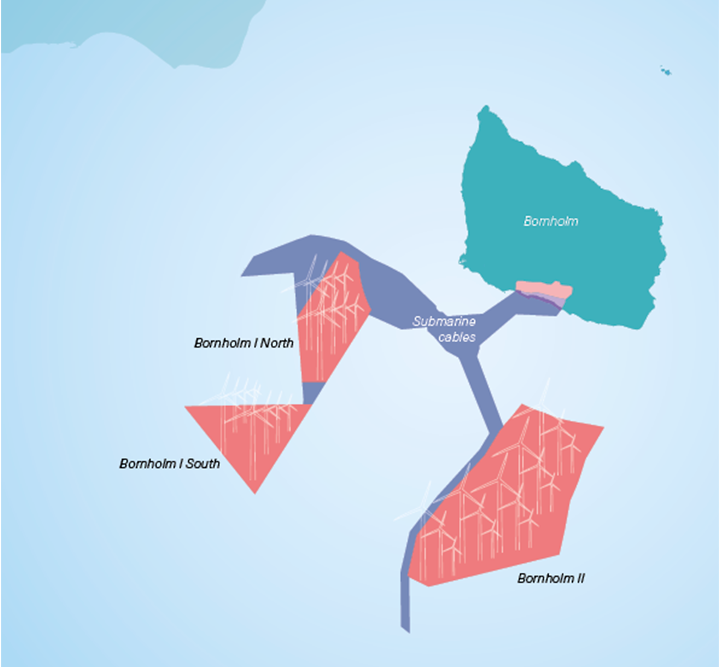The Danish Parliament has decided that from 2030 Bornholm will be the collection point for 3 GW of green power from offshore wind turbines, which will be placed in the Baltic Sea approx. 15 kilometers from Bornholm coast. On the island, the current is transformed into direct current, which can be transported over long distances in sea and land cables – initially to Zealand and Germany.
The onshore substation will be located approximately one kilometer south of Nylars, Lobbæk and Aakirkeby and can supply green energy, corresponding to the electricity consumption of 3.3 million Danish households. This will more than double Denmark’s current installed offshore wind power capacity.
The tender for the offshore wind farms is undertaken by The Danish Energy Agency, while Energinet is responsible for the tendering process and establishment of onshore facilities and transmission cables.
Bornholm Energy Island will be one of the largest construction projects in the history of Denmark, and marks a new era for production of offshore wind power on an unprecedented scale.
